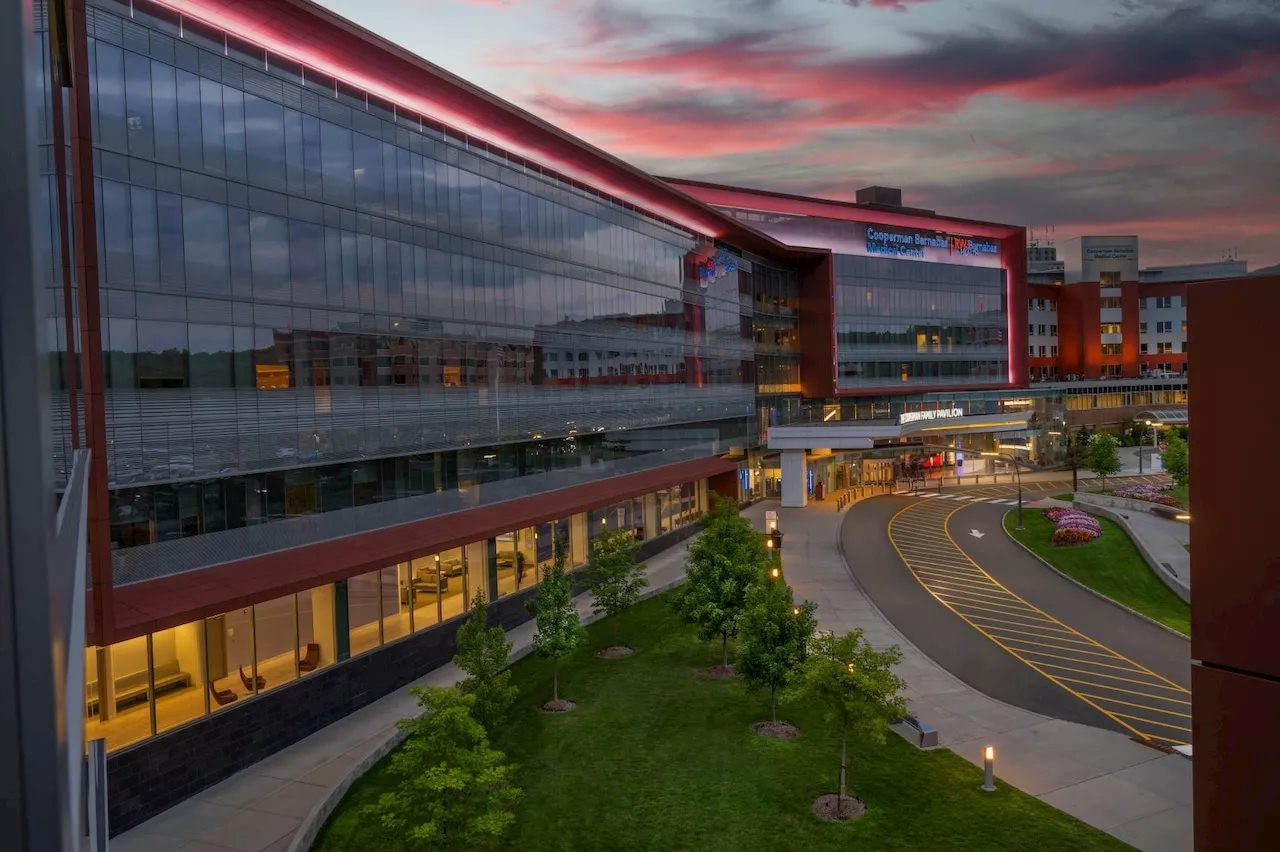A major water main break outside Cooperman Barnabas Medical Center in Livingston, New Jersey, has prompted the hospital to divert ambulances and implement safety protocols. While the hospital remains open, the incident raises concerns about the hospital's water supply and potential impact on patient care.
A significant water main break occurred Thursday morning outside Cooperman Barnabas Medical Center in Livingston, Essex County, prompting concerns for the hospital's water supply. The incident, reported by RWJBarnabas Health officials to NJ Advance Media, led to the hospital implementing safety measures and diverting ambulances to other facilities.
The hospital and emergency department remain operational, but the water main break necessitates careful monitoring and collaboration with local authorities.RWJBarnabas Health officials assured the public that the hospital is closely monitoring the situation and working diligently with the city of Livingston, Essex County, and the Department of Health to ensure the safety and continued operation of the facility. Their statement emphasized the gravity of the water main break and the need for immediate action to mitigate any potential risks. Cooperman Barnabas Medical Center, formerly known as Saint Barnabas Medical Center, holds the distinction of being New Jersey's oldest non-profit, nonsectarian hospital. With a 597-bed capacity, the facility serves a vast patient population, registering a substantial number of emergency department visits, surgeries, and outpatient appointments in 2024. The recent water main break poses a challenge to the hospital's daily operations and underscores the critical role of reliable infrastructure in providing essential healthcare services
WATER MAIN BREAK COOPERMAN BARNABAS MEDICAL CENTER LIVINGSTON NEW JERSEY HOSPITAL EMERGENCY SERVICES HEALTHCARE SAFETY INFRASTRUCTURE
United States Latest News, United States Headlines
Similar News:You can also read news stories similar to this one that we have collected from other news sources.
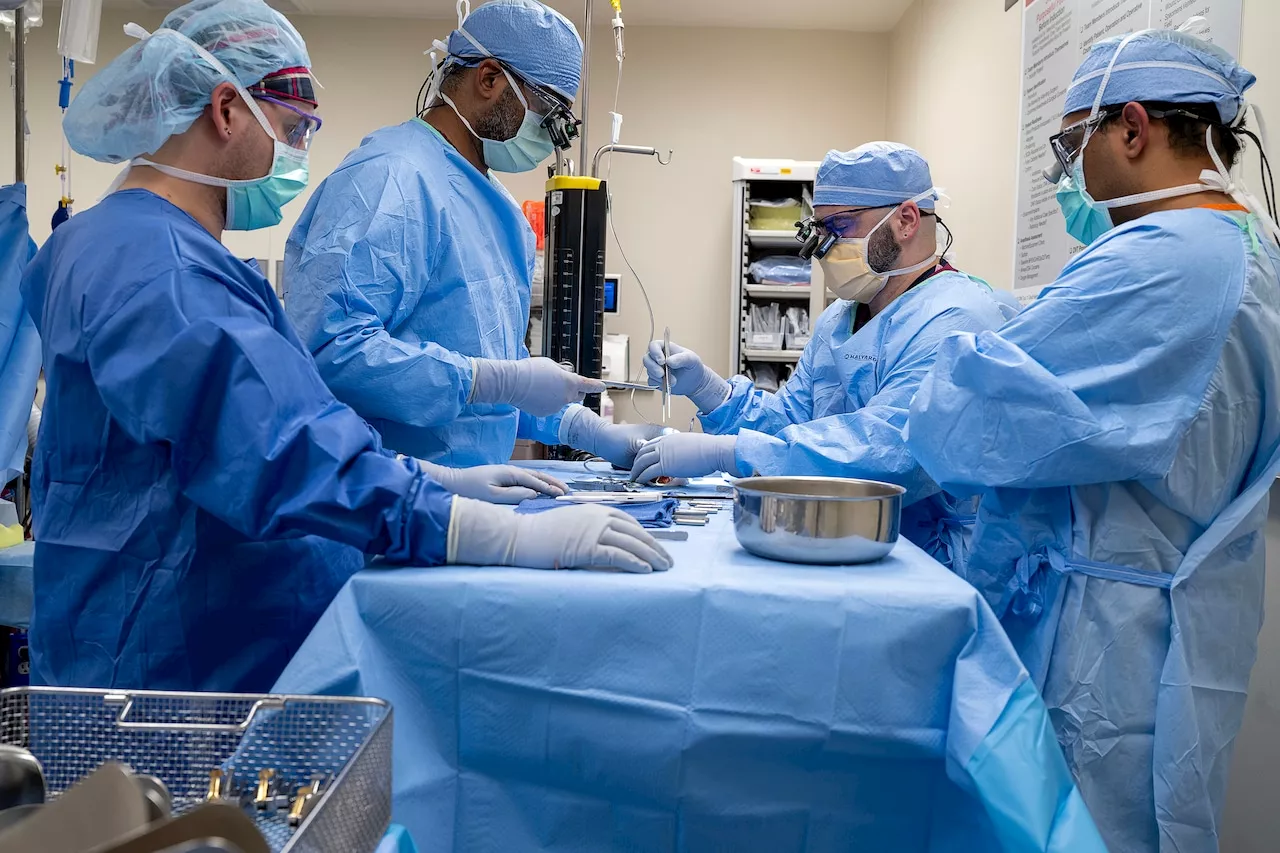 Ohio State Medical Center Performs Record-Breaking 20-Person Kidney Transplant ChainThe Ohio State University Wexner Medical Center Comprehensive Transplant Center successfully completed a groundbreaking 20-person living kidney donor transplant chain, marking a record for the university and potentially one of the largest in the nation. The synchronized surgeries involved 10 living donors and 10 recipients, highlighting the power of paired kidney donation chains in extending lives and improving quality of life for those with kidney failure.
Ohio State Medical Center Performs Record-Breaking 20-Person Kidney Transplant ChainThe Ohio State University Wexner Medical Center Comprehensive Transplant Center successfully completed a groundbreaking 20-person living kidney donor transplant chain, marking a record for the university and potentially one of the largest in the nation. The synchronized surgeries involved 10 living donors and 10 recipients, highlighting the power of paired kidney donation chains in extending lives and improving quality of life for those with kidney failure.
Read more »
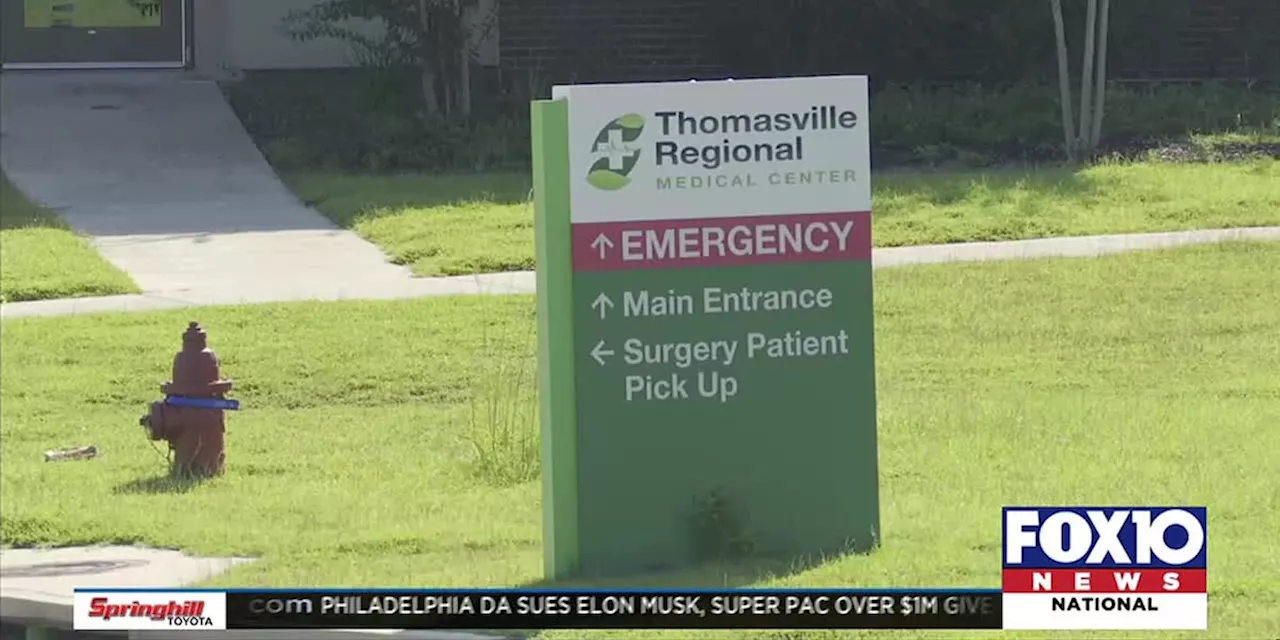 Thomasville Regional Medical Center: Potential Buyers Show Strong Interest in ReopeningUpdate on the status of Thomasville Regional Medical Center, with several potential buyers showing interest in purchasing and reopening the facility.
Thomasville Regional Medical Center: Potential Buyers Show Strong Interest in ReopeningUpdate on the status of Thomasville Regional Medical Center, with several potential buyers showing interest in purchasing and reopening the facility.
Read more »
 Overlake Medical Center welcomes first baby of 2025The Overlake Medical Center in Bellevue welcomed their first baby of 2025, born just moments after the clock struck midnight.
Overlake Medical Center welcomes first baby of 2025The Overlake Medical Center in Bellevue welcomed their first baby of 2025, born just moments after the clock struck midnight.
Read more »
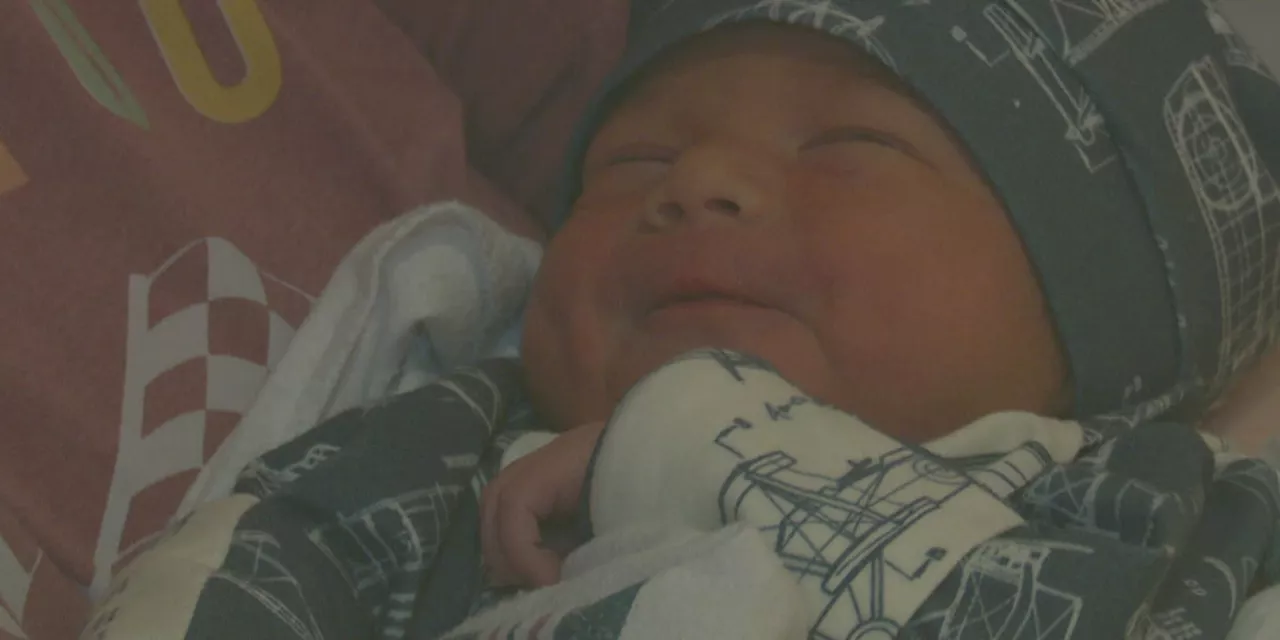 Alaska Native Medical Center Welcomes First Baby of 2025A family at the Alaska Native Medical Center is celebrating the arrival of their newborn son, Malotumau, nicknamed Malo, who was born around 1 a.m. on New Year's Day, making him the hospital's first baby of 2025.
Alaska Native Medical Center Welcomes First Baby of 2025A family at the Alaska Native Medical Center is celebrating the arrival of their newborn son, Malotumau, nicknamed Malo, who was born around 1 a.m. on New Year's Day, making him the hospital's first baby of 2025.
Read more »
 Jimmy Carter's Remains Leave Medical Center for Final JourneyFormer President Jimmy Carter's remains leave Phoebe Sumter Medical Center in Americus, Georgia, escorted by Secret Service agents. A motorcade carrying Carter will pass by his boyhood home in Plains before proceeding to Atlanta for a public ceremony. Mourners can pay their respects in Atlanta before his remains are transported to Washington, D.C., for a state funeral.
Jimmy Carter's Remains Leave Medical Center for Final JourneyFormer President Jimmy Carter's remains leave Phoebe Sumter Medical Center in Americus, Georgia, escorted by Secret Service agents. A motorcade carrying Carter will pass by his boyhood home in Plains before proceeding to Atlanta for a public ceremony. Mourners can pay their respects in Atlanta before his remains are transported to Washington, D.C., for a state funeral.
Read more »
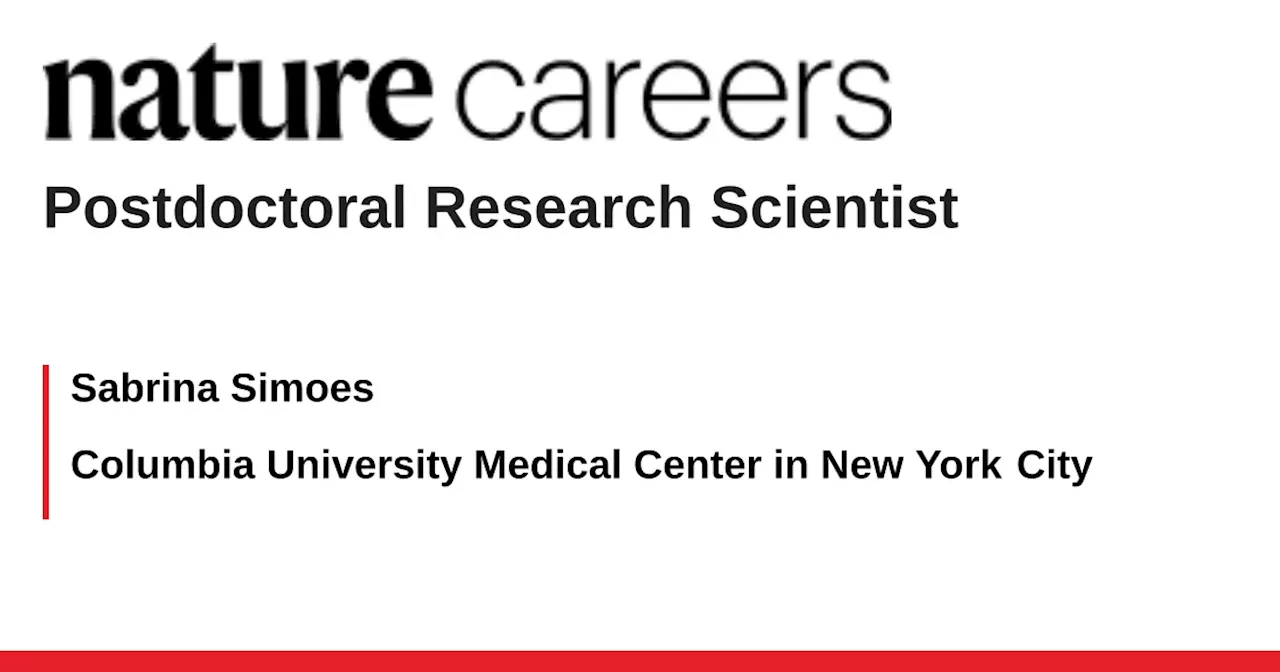 Cellular/Molecular Postdoc Position at Columbia University Irving Medical CenterA 1-year grant-funded Postdoctoral position is available in the Simoes' lab at the Taub Institute for Research on Alzheimer's Disease and the Aging Brain at Columbia University Irving Medical Center. The focus is on understanding neurodegeneration, specifically Alzheimer's disease, through research involving various models, cell lines, and biofluids.
Cellular/Molecular Postdoc Position at Columbia University Irving Medical CenterA 1-year grant-funded Postdoctoral position is available in the Simoes' lab at the Taub Institute for Research on Alzheimer's Disease and the Aging Brain at Columbia University Irving Medical Center. The focus is on understanding neurodegeneration, specifically Alzheimer's disease, through research involving various models, cell lines, and biofluids.
Read more »
